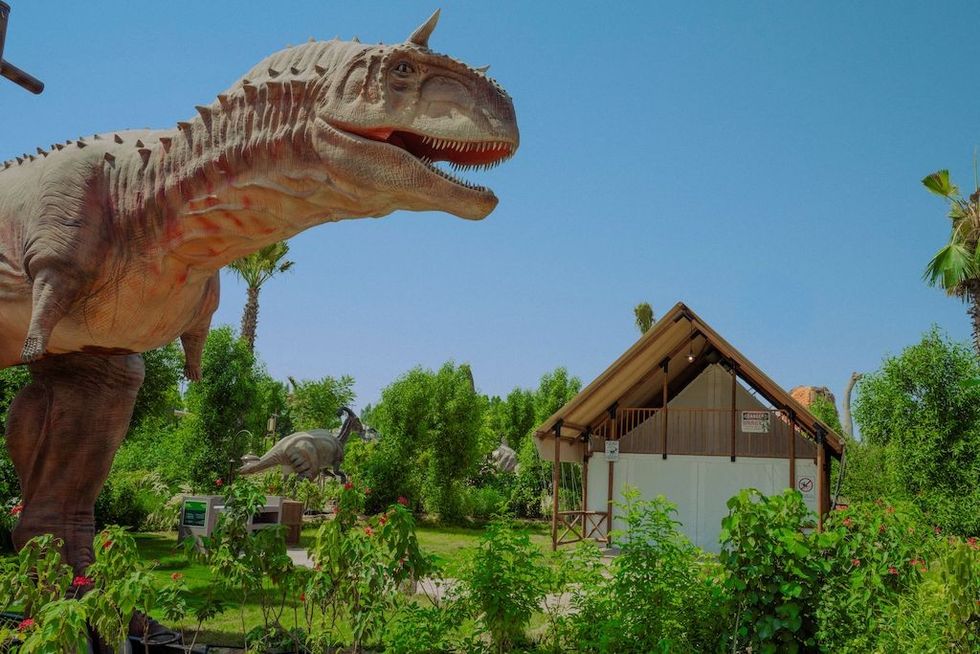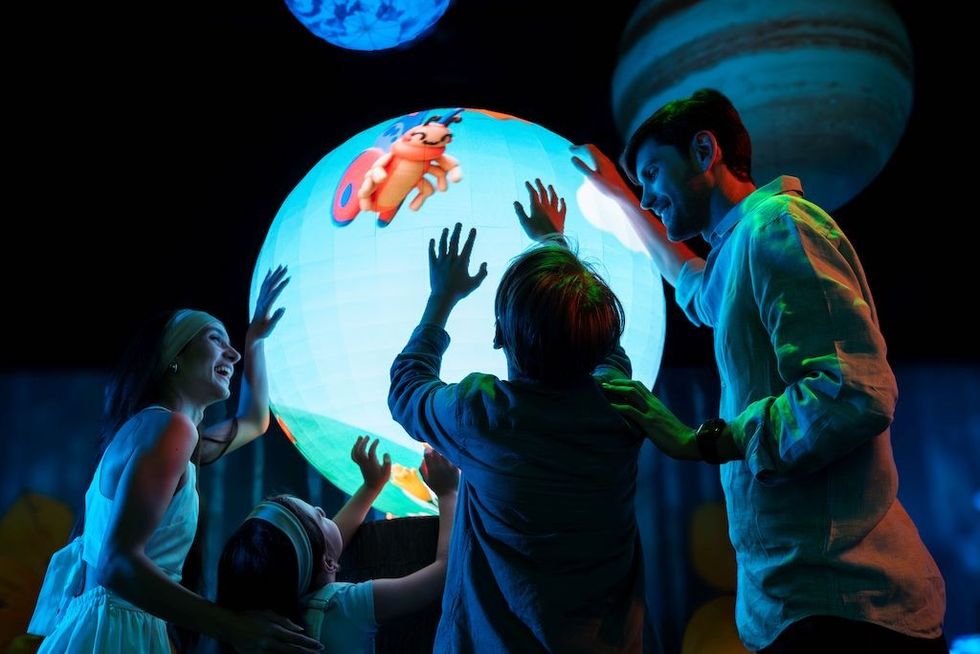It has built roller coasters for Batman, animated feature films for Lego, crafted immersive VR worlds for Netflix, and even lit up cityscapes with giant 3D billboards for Stranger Things, but you won’t find its name on the marquee. Behind the scenes, Pure Imagination Studios has helped define how audiences experience stories across film, television, and themed entertainment.
As themed entertainment and real-time storytelling converge, Pure Imagination Studios is redefining what’s possible in immersive design. From Unreal-powered rides to persistent narrative worlds, it is the studio that global brands turn to when imagination meets technology.
Founded in 2012, it specialises in animation, virtual reality, and immersive storytelling for attractions around the world. It is renowned for merging cutting-edge technology with imaginative narratives to craft unique entertainment experiences.

From film and animation to theme park attractions and large-scale simulations, Pure Imagination (PI) stands at the intersection of art, engineering, and emotion. Its mission is simple yet ambitious: to push storytelling beyond the screen, transforming imagination into shared human experience.
Led by founder and chief executive of fun Joshua Wexler and powered by a world-class team of directors, engineers, producers, and artists, the studio blends narrative innovation with emerging tools such as Unreal Engine, AI, and spatial computing.
Its work spans continents and categories, partnering with brands such as Marvel, Lego, DreamWorks, Universal, Warner Bros., and Merlin Entertainments, all unified by a single idea: story first, technology second.
Expanding the canvas of storytelling
For PI, storytelling is not confined to a single platform. Every medium, whether a movie screen, a headset, or a theme park ride, is part of a larger canvas.
"We never start with technology and look for a reason to use it,” says Wexler.
“We start with the story, the characters, the emotion - and then invent or adapt the tools we need to bring that world to life.”

Joshua Wexler
This philosophy has guided PI’s creative and technical breakthroughs. The studio was among the earliest to integrate real-time pipelines using Unreal Engine, long before “virtual production” became an industry buzzword.
The teams experimented with live projection environments years before LED volumes became standard, enabling actors and directors to interact directly with digital worlds in real-time.
That same forward thinking led PI to become the first studio to use Unreal Engine in a theme park attraction, and later, the first to apply it to a theatrical animated feature. Each milestone marked a shift in how stories could be told—faster, smarter, and with greater creative freedom.
The studio as a collective
While Wexler’s vision shaped the company’s direction, he is quick to emphasise that Pure Imagination is not a one-man endeavour.
“Our strength lies in our people. We have storytellers, technologists, and dreamers all working together. They’re the ones who make impossible things possible.”
PI’s Los Angeles headquarters, its Australian satellite, and its growing Kansas division are home to an extraordinary team spanning various disciplines, including creative directors, Unreal artists, animation leads, producers, R&D engineers, and virtual production specialists.

This fusion of artistry and technology has enabled PI to deliver over a hundred projects since its founding. This is an impressive feat for a studio that prizes experimentation as much as execution.
The internal culture emphasises collaboration, mentorship, and innovation. Departments that would typically be separate in most companies, like narrative design, R&D, and pipeline engineering, work side by side at PI.
The result is a creative process that is agile, inventive, and deeply human.
A portfolio of pioneering work
Over the course of more than a decade, PI’s multi-award-winning portfolio has helped shape the modern landscape of immersive entertainment.
Highlights include Lego: Mythica, the groundbreaking flying theatre attraction; the IAAPA Brass Ring Award-winning Justice League: Battle for Metropolis for Six Flags in partnership with Sally Dark Rides; Batman: Dark Flight in Macau; and Marvel 4D for Madame Tussauds.
The team also worked on the family-favourite DreamPlay, DreamWorks Animation’s first branded FEC, which recently celebrated its 10th anniversary.
Among the standout projects is the critically acclaimed animated film, Piece by Piece. Wexler highlights this project “both for the storytelling and for how we used Unreal Engine to get it to the screen.”
The company also created National Geographic Ultimate Explorer, a hybrid of education and entertainment that inspired a new generation of family experiences. When these attractions launched, many were first-of-their-kind, pioneering new forms of guest interactivity, media synchronisation, and digital-physical integration.
Even outside traditional attractions, PI has continually expanded its capabilities in mixed-reality formats. Projects such as Alien Descent VR (the first wireless, no-backpack, full-body tracking, free-roam VR experience) and the immersive Army of the Dead: Viva Las Vengeance XR experience blurred the line between cinematic storytelling and free-roam interactivity, offering guests an active role within the narrative.

For Wexler, each project is a proof point of the studio’s guiding principle:
“The tech should disappear. What should stay with you is the story - the feeling that you truly lived inside that world.”
Reimagining a Legend: Space Camp ASTRA
Among PI’s current projects, one stands out for both its scope and its purpose: the transformation of Space Camp in Huntsville, Alabama.
Working in partnership with the U.S. Space & Rocket Center, home of Space Camp, Pure Imagination is rebuilding this iconic immersive educational experience through a program called ASTRA - a near-future, story-driven training universe that redefines what experiential learning can be.
Space Camp has inspired generations of young people to look toward the stars.
With ASTRA, PI set out to modernise that legacy through a new balance of narrative, teamwork, and technology. The experience seamlessly blends simulation and storytelling into cohesive missions, where trainees must collaborate to solve problems under pressure, mirroring the dynamics of real aerospace teams.

“Our goal was to show that there’s more to space exploration than being an astronaut,” says Wexler.
“In ASTRA, you might be the flight director, the systems engineer, or the scientist keeping your crew alive on Mars. Every role matters.”
Using the studio’s proprietary Continuum operations platform and Unreal Engine 5, ASTRA incorporates AI-driven characters, live mission data, physical props, and motion-based training pods. The system tracks each trainee’s decisions, dynamically adapting the difficulty and narrative consequences.
It’s equal parts education, simulation, and storytelling: a comprehensive ecosystem designed to evolve.
PI’s design and technology teams worked closely with Space Camp educators to ensure usability and reliability. The system had to be intuitive and stable, minimising maintenance needs. The result will be an immersive, resilient platform that turns complex aerospace education into a living, emotional adventure.
Wexler calls ASTRA “a launchpad for imagination,” but its deeper purpose is clear: to inspire the next generation of explorers, scientists, and storytellers.
K-AIRES: where innovation meets education
If ASTRA represents how PI inspires the next generation, K-AIRES represents how it prepares them.
The Kansas Artificial Intelligence Research Entertainment Studio (K-AIRES) is a partnership between Pure Imagination and Kansas State University’s Aerospace and Technology Campus in Salina.
Envisioned as a centre for immersive research, workforce development, and creative incubation, K-AIRES bridges academia and industry in a way few facilities do.
Spanning nearly 50,000 square feet, the centre features a three-story virtual production stage, a 10,000-square-foot LED and projection dome theatre, simulator and haptics labs, and a flexible R&D arena designed for rapid prototyping of new technologies.
It is a living laboratory where students and professionals collaborate to invent the future of spatial computing, AI interaction, and real-time production.
For Kansas State University students, K-AIRES offers direct access to professional workflows and mentorship from PI’s staff. Students learn how to design interactive simulations, operate virtual cameras, code in Unreal, and develop cross-platform content.
These are all skills that align with rapidly growing industry demand.
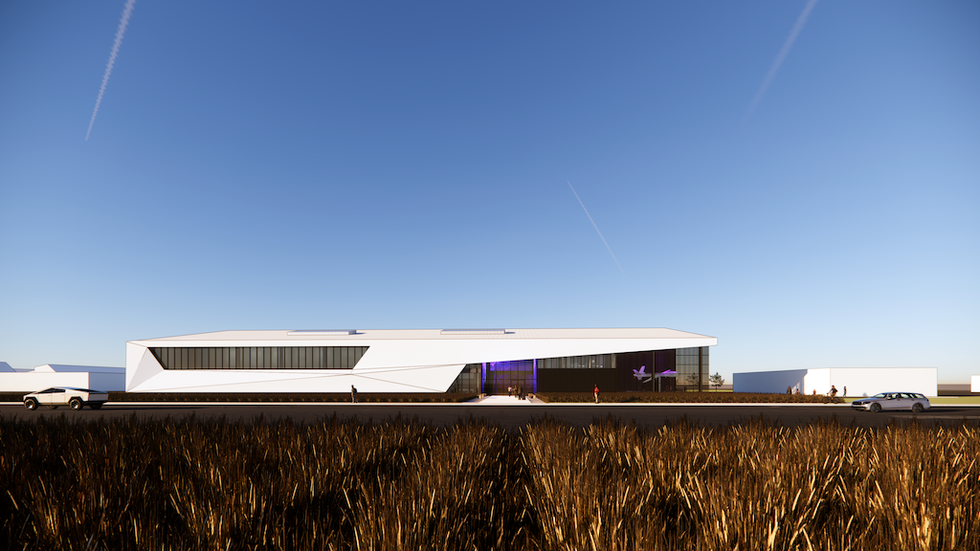
Wexler describes K-AIRES as “a place where learning and innovation feed each other.”
The facility enables Pure Imagination to conduct advanced research while providing students with the opportunity to contribute to real-world projects. “When a student walks through those doors,” he adds, “they’re not just studying; they’re joining a professional creative pipeline.”
Dr Alysia Starkey, Dean and CEO, Kansas State University Salina Aerospace and Technology Campus, says:
“Pure Imagination represents the kind of partner every university hopes to find — visionary, collaborative, and deeply committed to empowering the next generation.
"Through our K-AIRES partnership, they’re helping bridge the worlds of storytelling and technology in a way that’s reshaping how students learn, create, and innovate. Together, we’re building not just new tools, but new ways of thinking — and that’s the true future of education.”
Beyond education, K-AIRES also supports regional workforce growth.
By anchoring cutting-edge technology development in Kansas, the initiative promotes sustainable creative industries in the American heartland. The location offers affordable living, a strong community, and easy access to aerospace, defence, and manufacturing sectors, creating an ecosystem that blends art, science, and enterprise.
Invisible technology, indestructible story
Across all of PI’s endeavours, from blockbuster rides to educational simulators, the mantra remains consistent: story first, technology invisible.
“Whether I’m putting you in a virtual rocket or a fantasy world,” says Wexler, “you should never be thinking about the hardware or the code. You should be lost in the emotion of what’s happening.”
To achieve this, PI’s R&D teams constantly explore technologies that enhance immersion without distraction. The studio has spent years tracking the progress of light-field displays, anticipating the moment when three-dimensional imagery could appear seamlessly in real space with no headset required.

“When you can project depth directly into the environment,” Wexler says, “you free the audience completely. That’s the holy grail for storytellers.”
Alongside display innovation, PI is investing heavily in AI and machine learning to create adaptive narrative systems—experiences that respond intelligently to a guest’s behaviour.
These tools, combined with real-time production pipelines, are shaping what the studio calls “persistent narrative universes,” worlds that evolve continuously rather than end when the credits roll.
Thierry Coup, founder and chief creative officer at JOCOUP Creative, says:
“Pure Imagination has always understood that technology is only as powerful as the story it serves. Whether we were developing attractions together at Universal or collaborating now through JOCOUP, their team consistently approaches projects with equal parts artistry, innovation, and heart.
"They don’t just deliver experiences, they redefine what’s possible.”
A human-centred future
Despite its advanced technology, PI believes the future of entertainment is profoundly human. Every innovation, from virtual production to spatial computing, exists to deepen emotional connection.
“Technology changes fast,” Wexler says, “but the heart of what we do hasn’t changed in a hundred years. We’re still storytellers. The goal is to make people feel something real.”
That belief is reflected in how the studio nurtures its own workforce. PI invests in creative growth through mentorship, cross-training, and partnerships like K-AIRES, ensuring that the next generation of artists and engineers share not just technical skill, but empathy and imagination.
It’s also reflected in how the company approaches collaboration. Many of PI’s clients and partners, including Universal, Sally, Warner Bros., Merlin, Lego, and DreamWorks, have remained partners for over a decade.
The reason is simple: trust and consistency. “We have referral and repeat clients and partners for over a decade,” Wexler says.

“Every project we’ve ever done has come through word of mouth. That only happens when clients know you’ll deliver.”
Bret Wilkes, senior vice president of engineering and design at Legoland Resorts North America, says:
“Working with Pure Imagination is like working with an in-house creative force that thinks globally but collaborates personally.
"Across our Legoland attractions, their integration of storytelling, animation, and real-time technology has elevated the guest experience in ways that feel seamless and full of wonder. They have a rare ability to merge imagination with reality — and to make the impossible feel effortless.”
The future: worlds worthy of devotion
As audiences seek richer, more participatory forms of entertainment, PI sees enormous opportunity in what Wexler calls “persistent narrative” - worlds worthy of devotion.
“Look at universes like Star Wars or Harry Potter,” he says. “Fans don’t just consume those stories - they live in them. The next step is giving audiences the ability to step in and out of those worlds seamlessly, whether through an attraction, a mobile AR moment, or a virtual experience at home.”

For younger generations, these boundaries have already dissolved. They move fluidly between digital and physical storytelling, seamlessly transitioning between fan fiction and the official canon.
PI’s mission is to harness that cultural shift, creating stories that evolve, react, and endure.
To that end, the studio’s upcoming projects integrate all the disciplines it has developed so far.
Without revealing specifics, Wexler hints at a massive undertaking: “We’re working on something that combines everything we’ve learned about story, interactivity, and time. It’s essentially a time machine. Not in the literal sense, but as an experience that lets audiences travel emotionally through story and technology.”
Building the future, together
As Pure Imagination Studios looks to its next chapter, its focus is clear: to continue shaping the future of storytelling while empowering others to do the same.
Through projects like Space Camp ASTRA and facilities like K-AIRES, the studio is proving that entertainment, education, and innovation are no longer separate industries; they are parts of one evolving creative ecosystem.
“Our partners, our vendors, our clients, and most importantly, our team, none of this happens without them,” Wexler concludes. “We’re lucky to collaborate with people who share our curiosity and our drive to explore what’s next.”
For potential collaborators, the message is simple yet powerful: “If you want to imagine the future, come build it with us.”
All images kind courtesy of Pure Imagination Studios
Charlotte Coates is blooloop's editor. She is from Brighton, UK and previously worked as a librarian. She has a strong interest in arts, culture and information and graduated from the University of Sussex with a degree in English Literature. Charlotte can usually be found either with her head in a book or planning her next travel adventure.



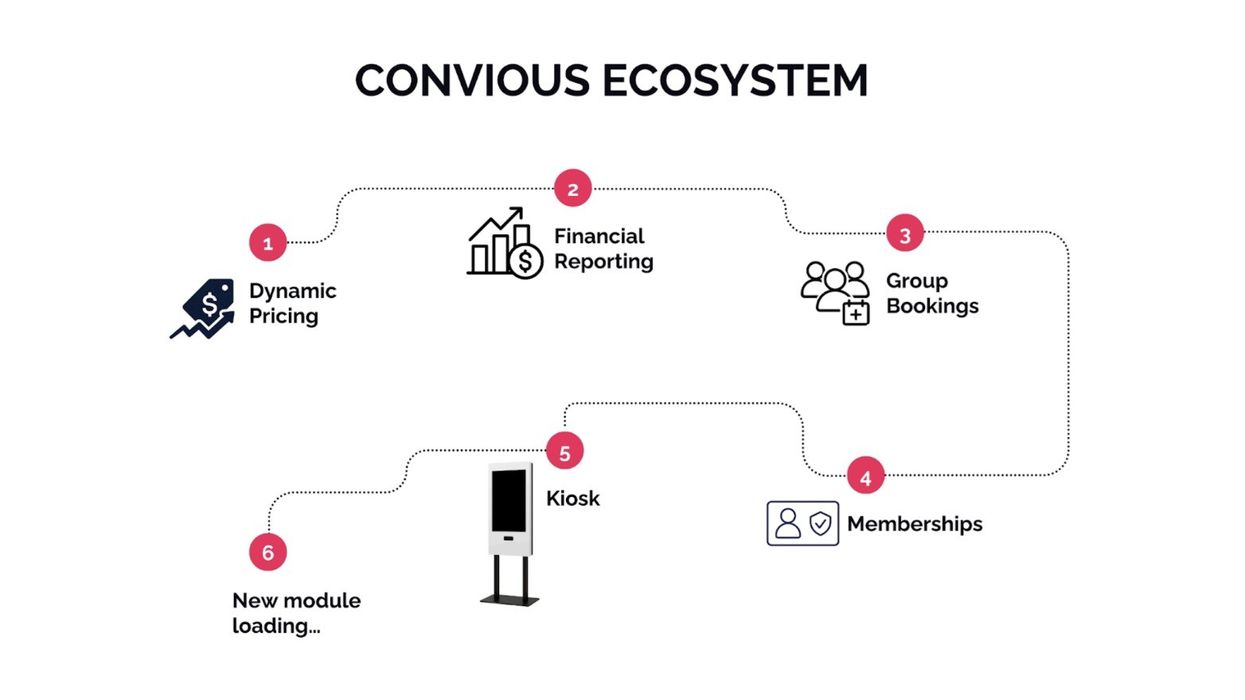



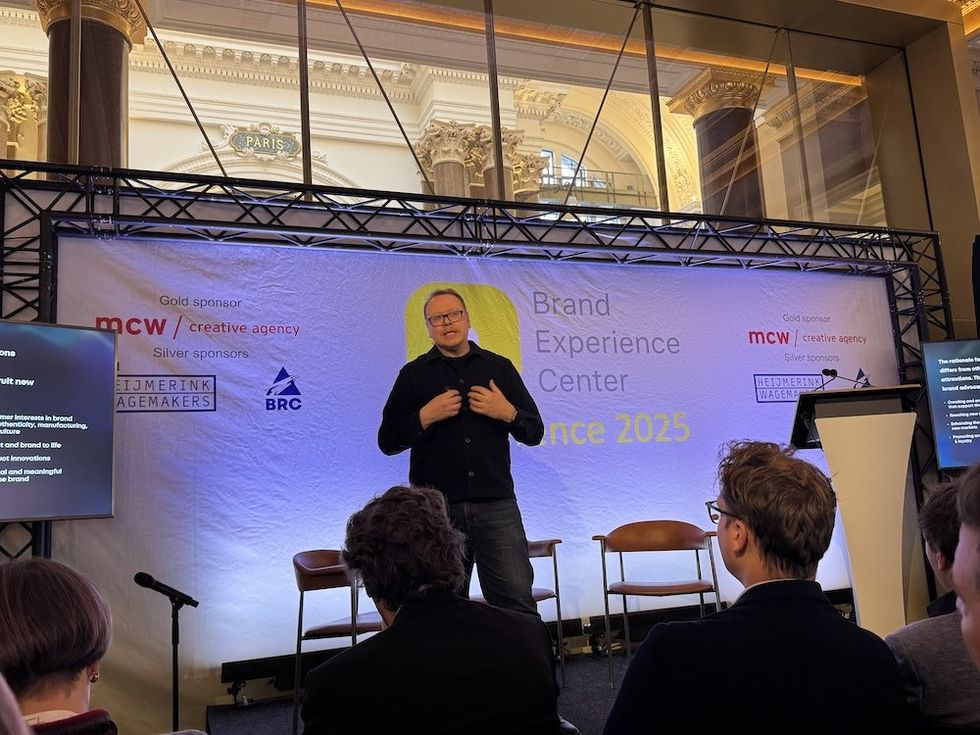 Christian Lachel, chief creative officer, BRC Imagination Arts
Christian Lachel, chief creative officer, BRC Imagination Arts  Image credit AA+W - stock.adobe.com
Image credit AA+W - stock.adobe.com Chocoversum Image credit Sebastian Fuchs
Chocoversum Image credit Sebastian Fuchs 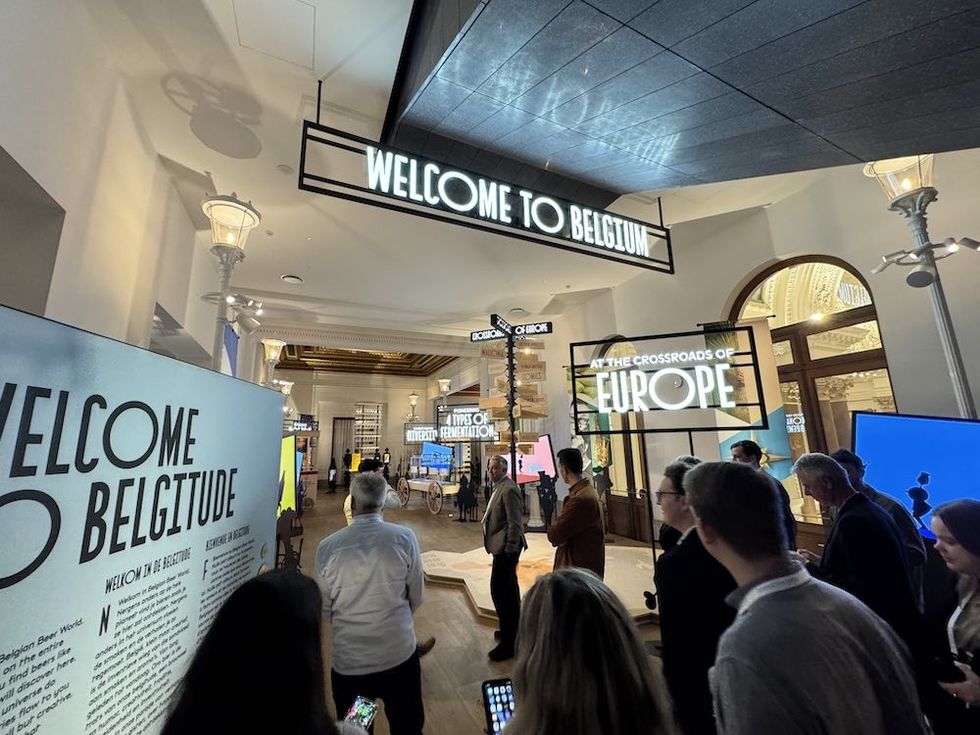 Belgian Beer World
Belgian Beer World 
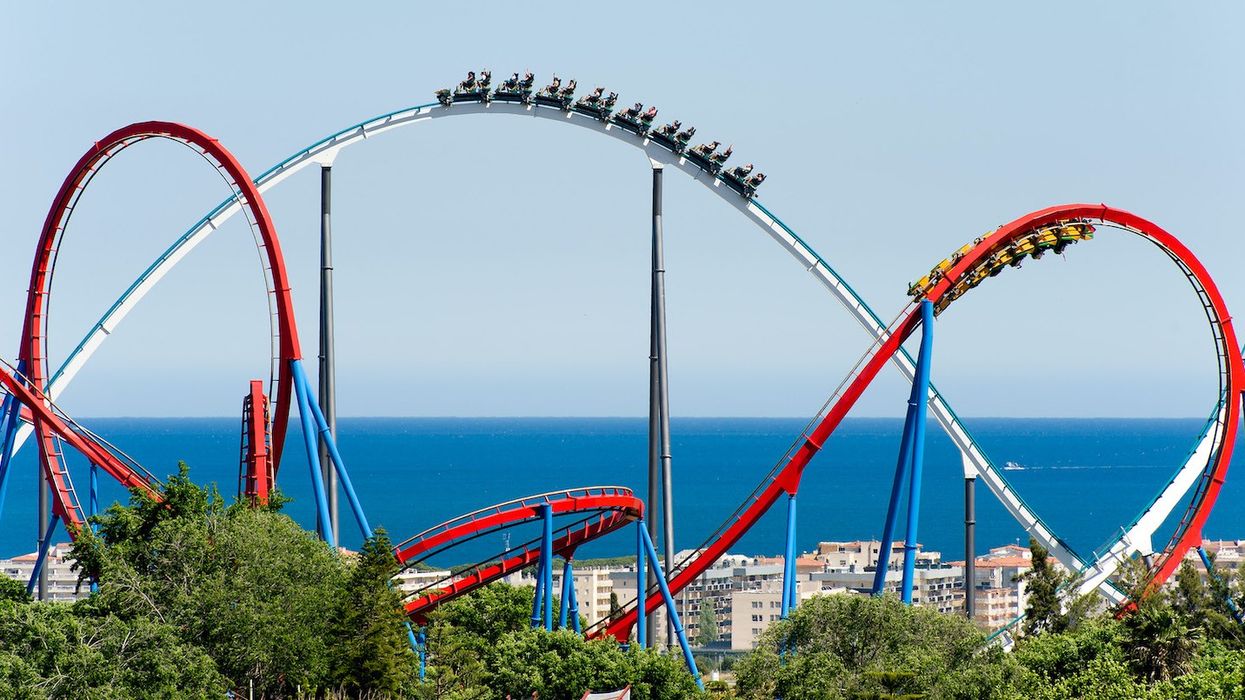




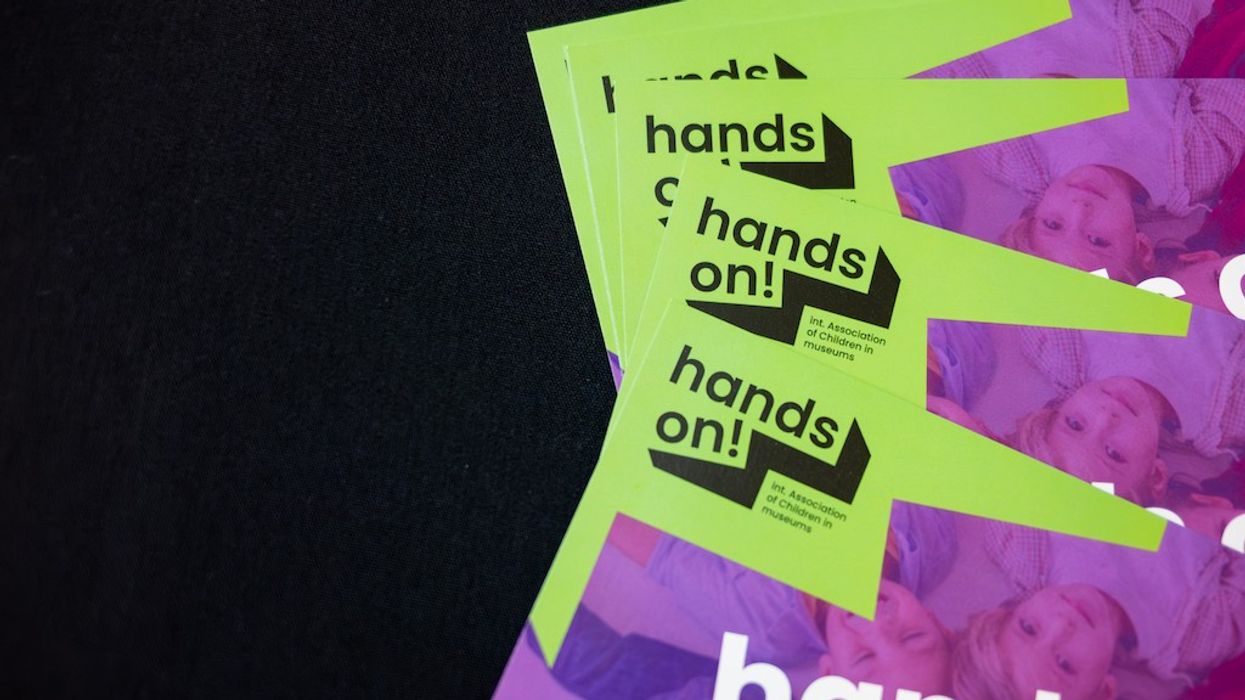
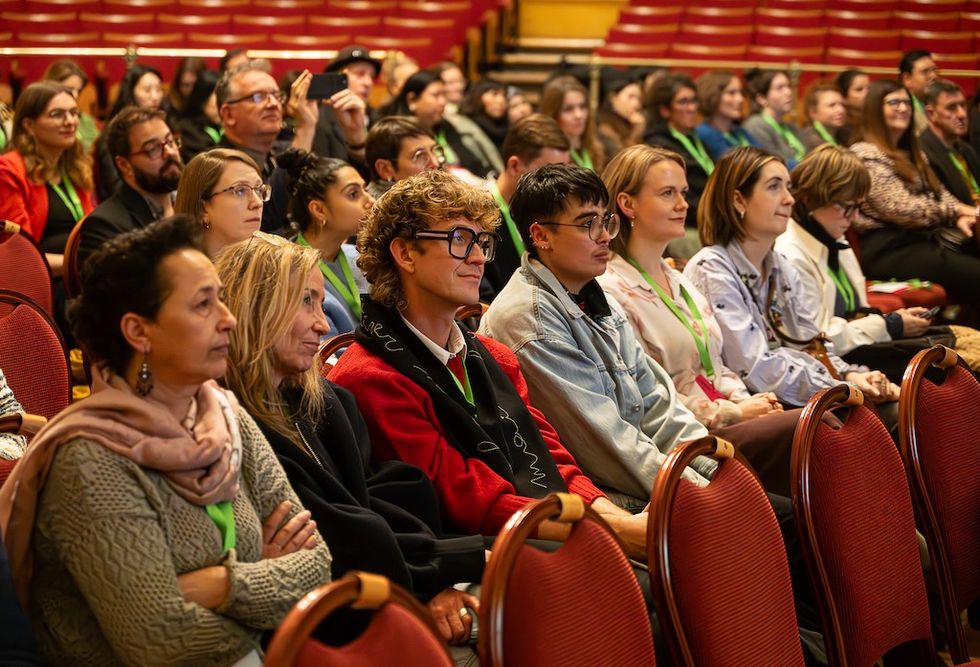
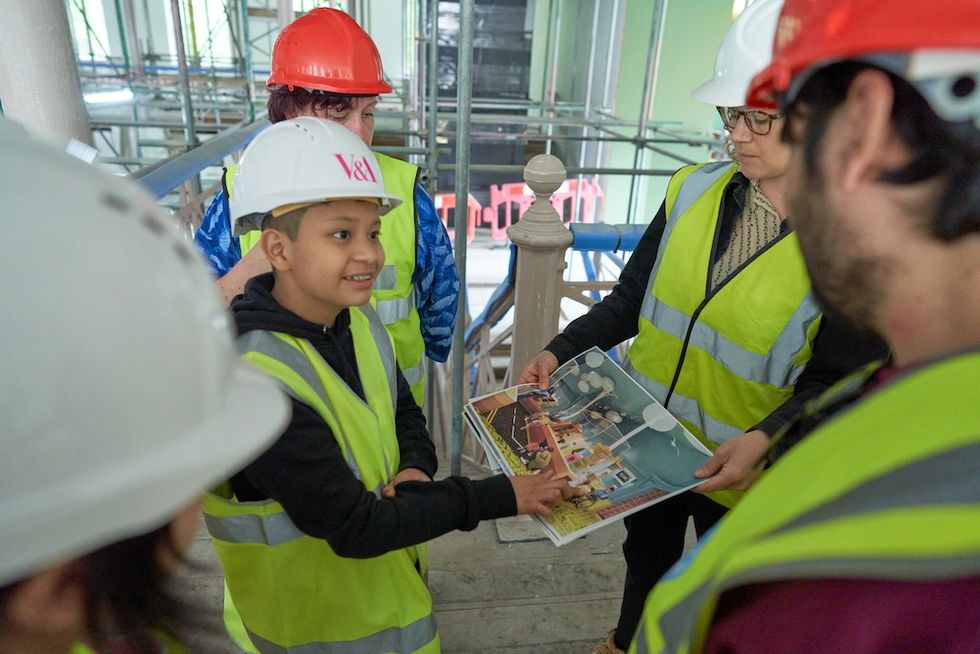 Young V&A Youth Collective members have a tour of the Young V&A construction site. Image courtesy of Young V&A.
Young V&A Youth Collective members have a tour of the Young V&A construction site. Image courtesy of Young V&A.  Floriane Perot and Ellis Hendriksen
Floriane Perot and Ellis Hendriksen
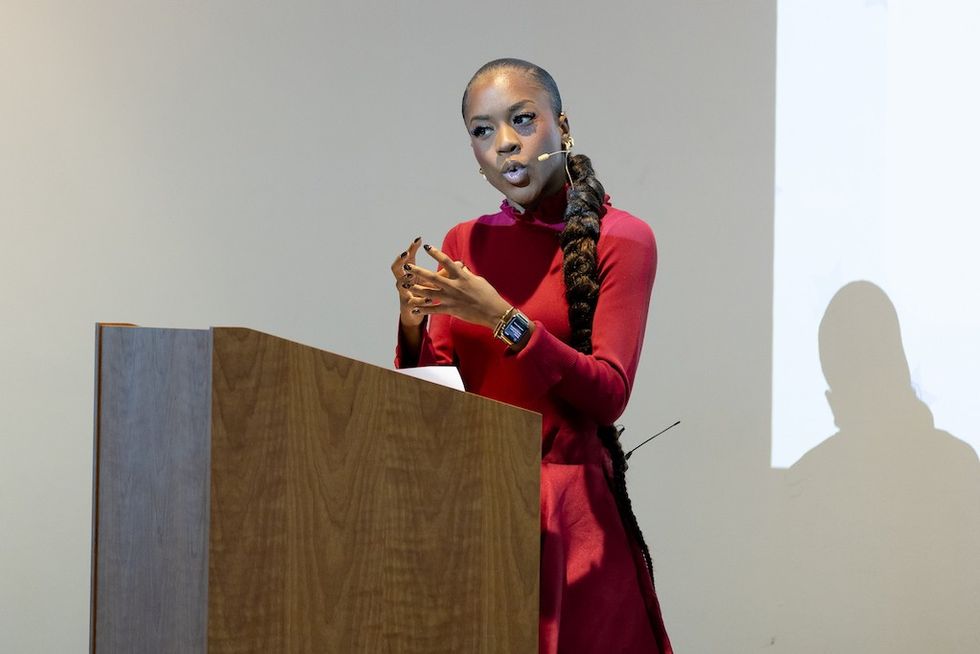 Amber Ogunsanya-William
Amber Ogunsanya-William Tumblestone Hollow adventure playground by CAP.CO
Tumblestone Hollow adventure playground by CAP.CO 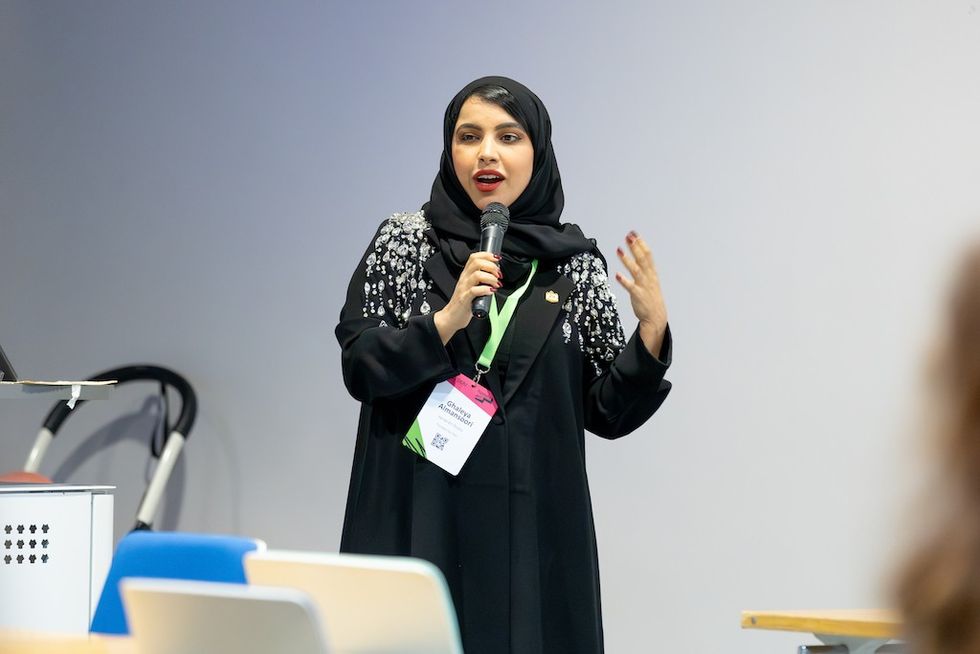 Ghaleya Al Mansoori
Ghaleya Al Mansoori
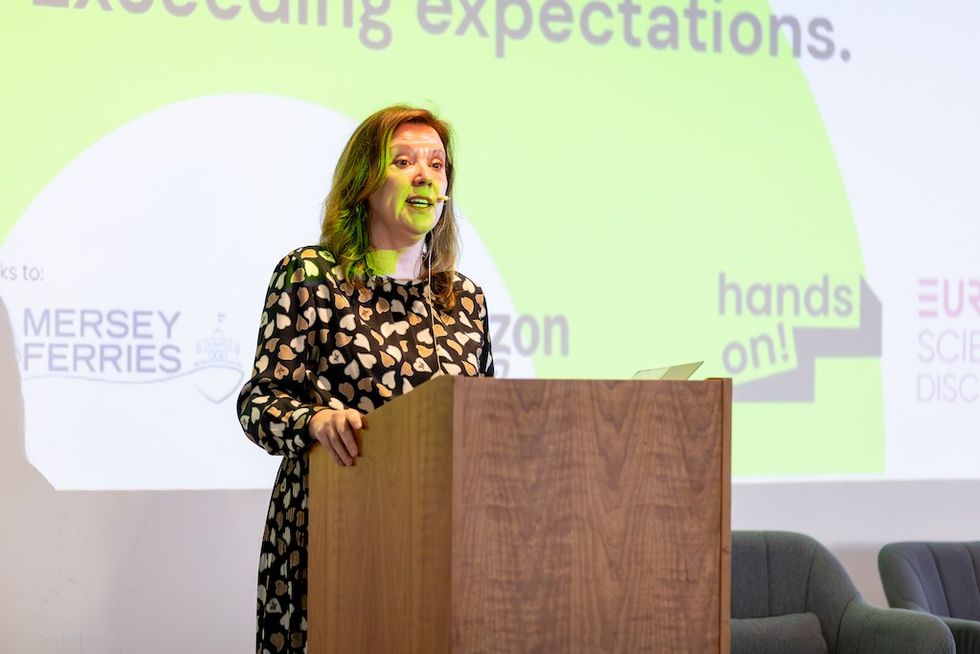 Dame Rachel de Souza
Dame Rachel de Souza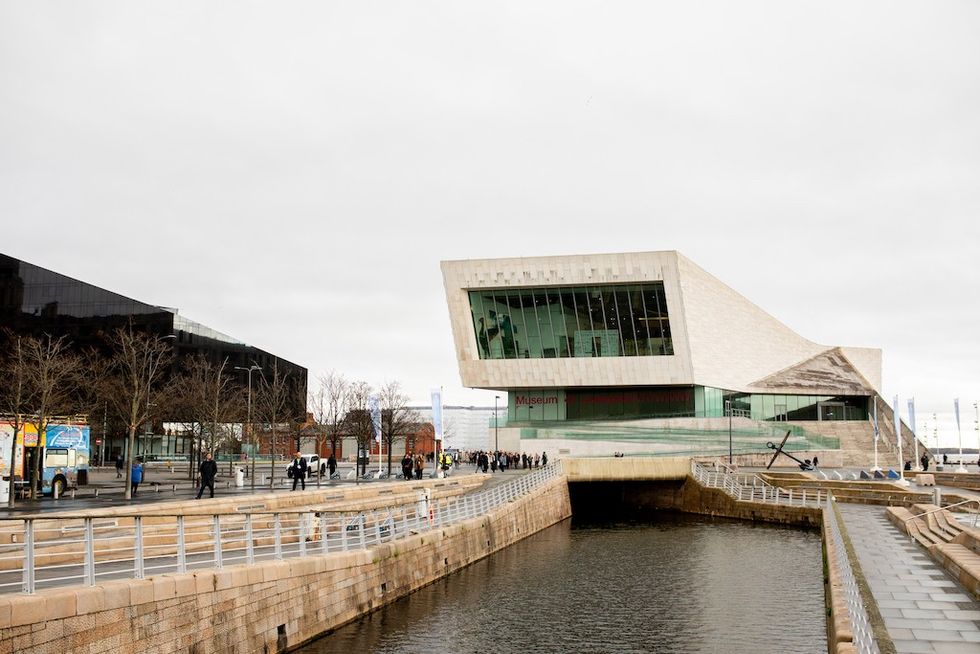 Liverpool Museum
Liverpool Museum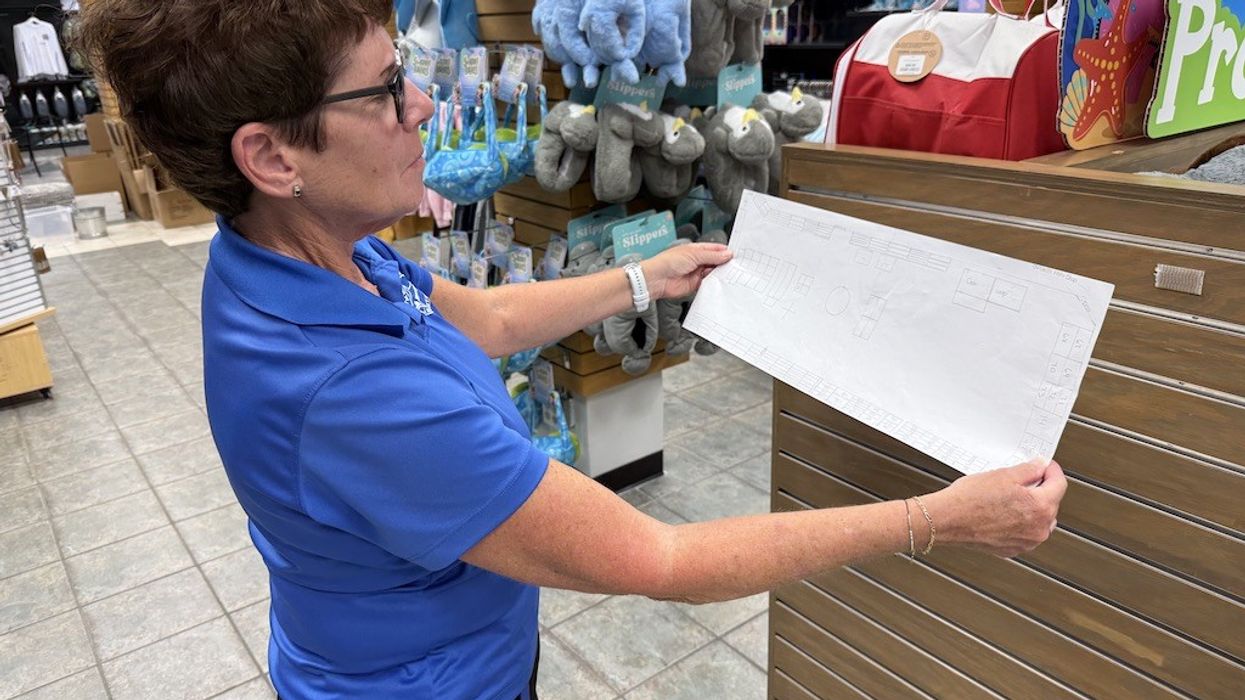
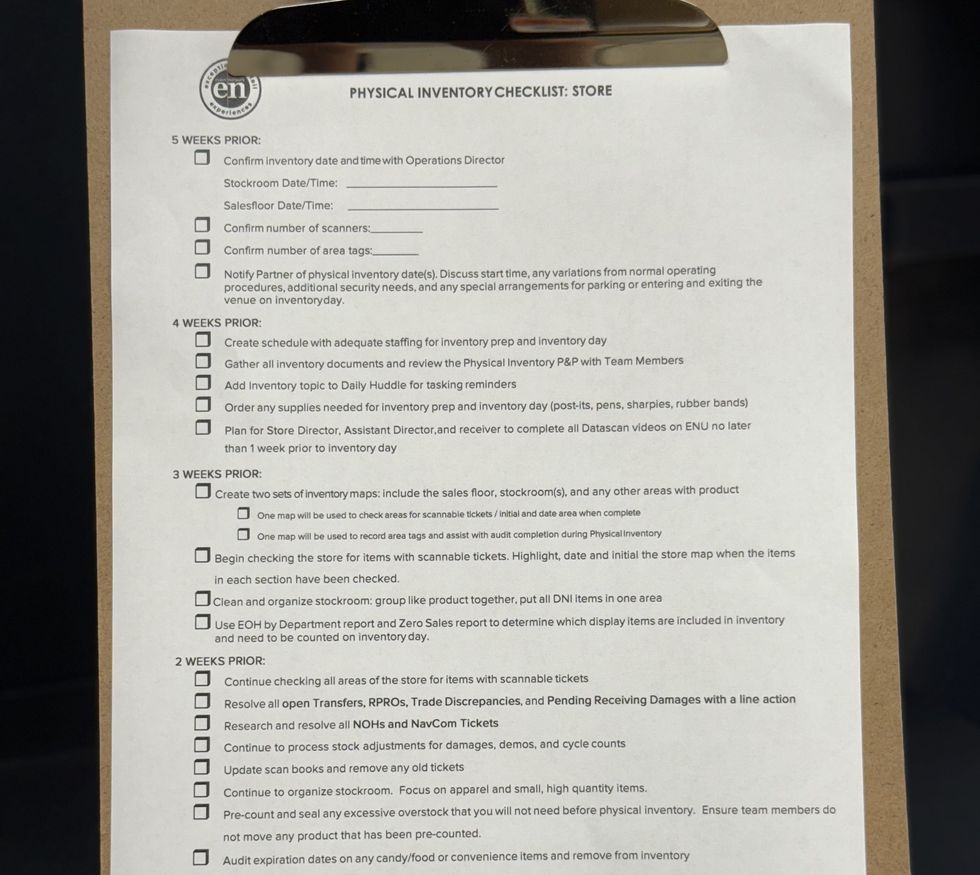

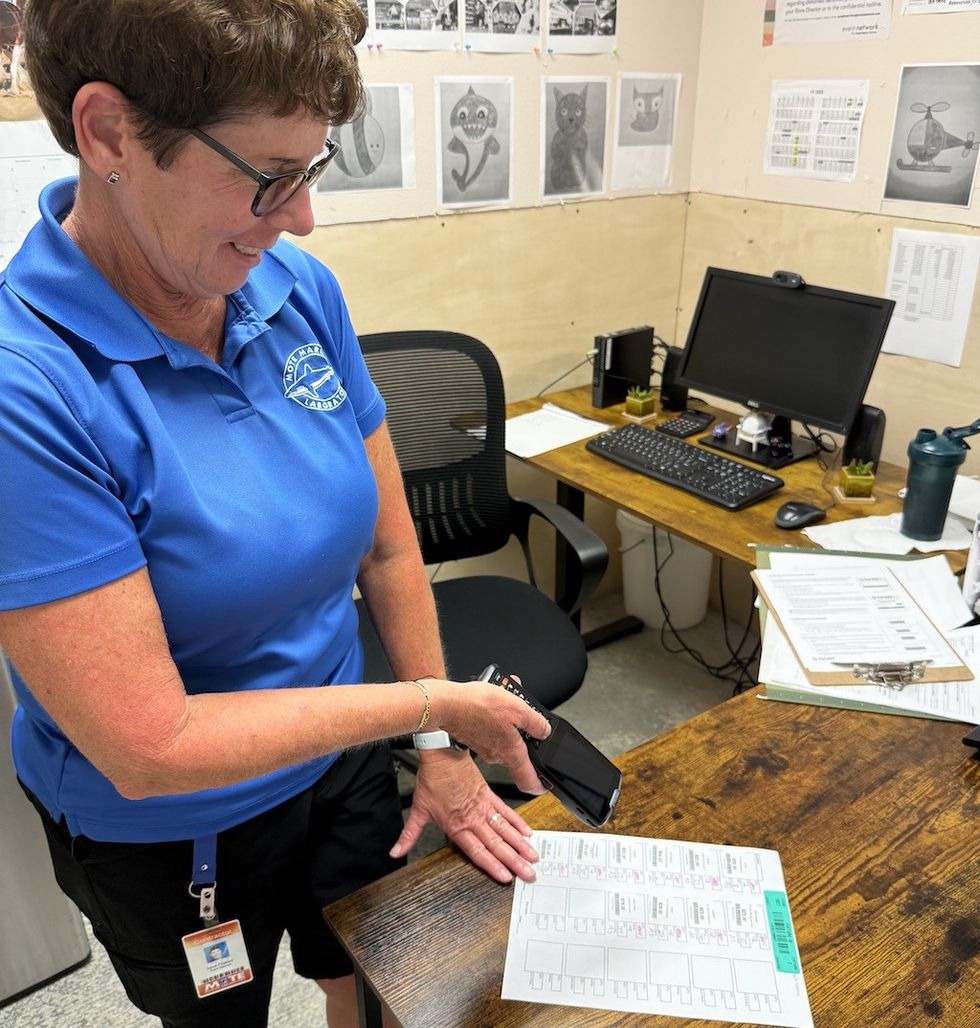
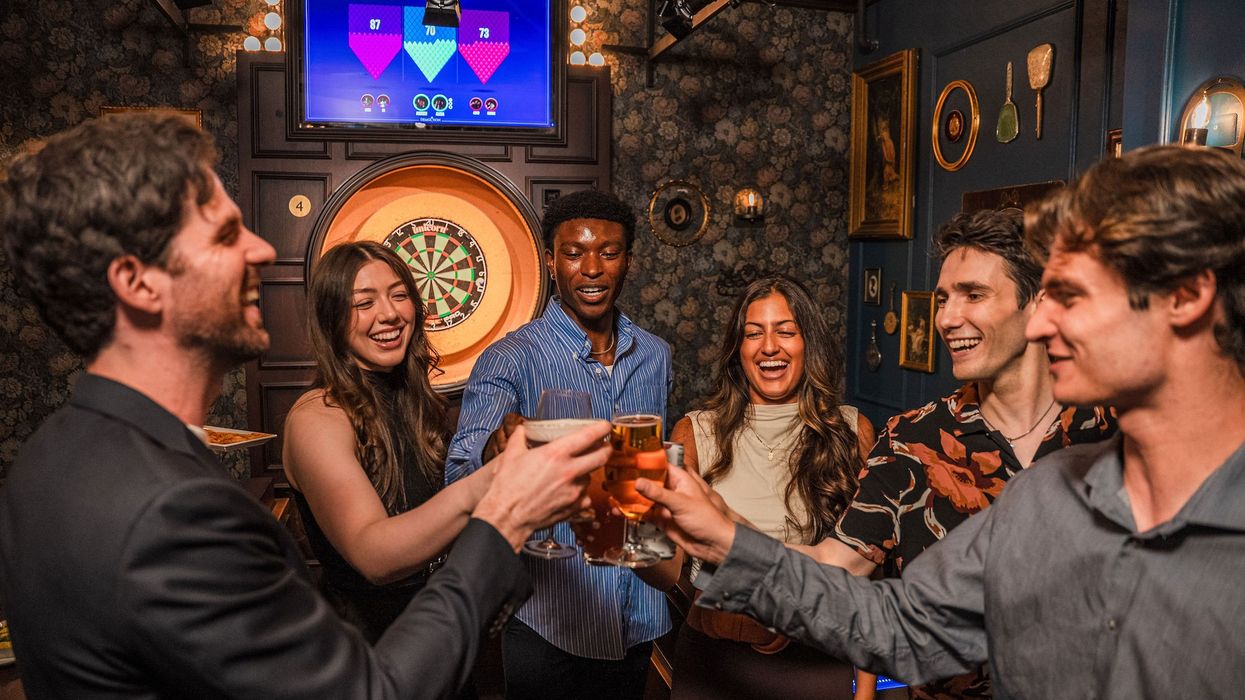
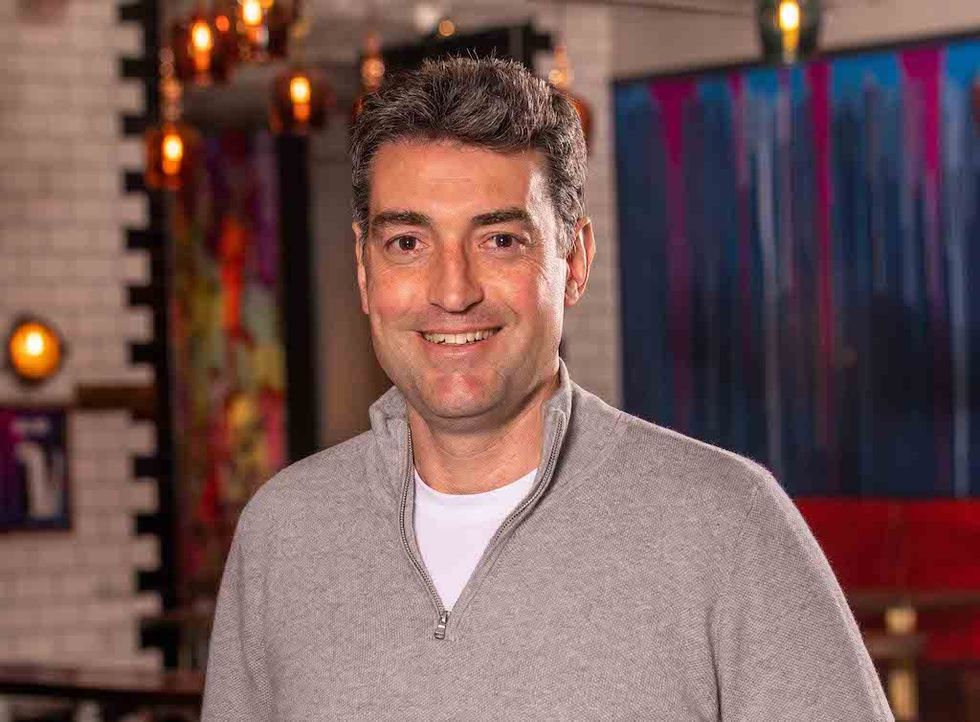 Toby Harris
Toby Harris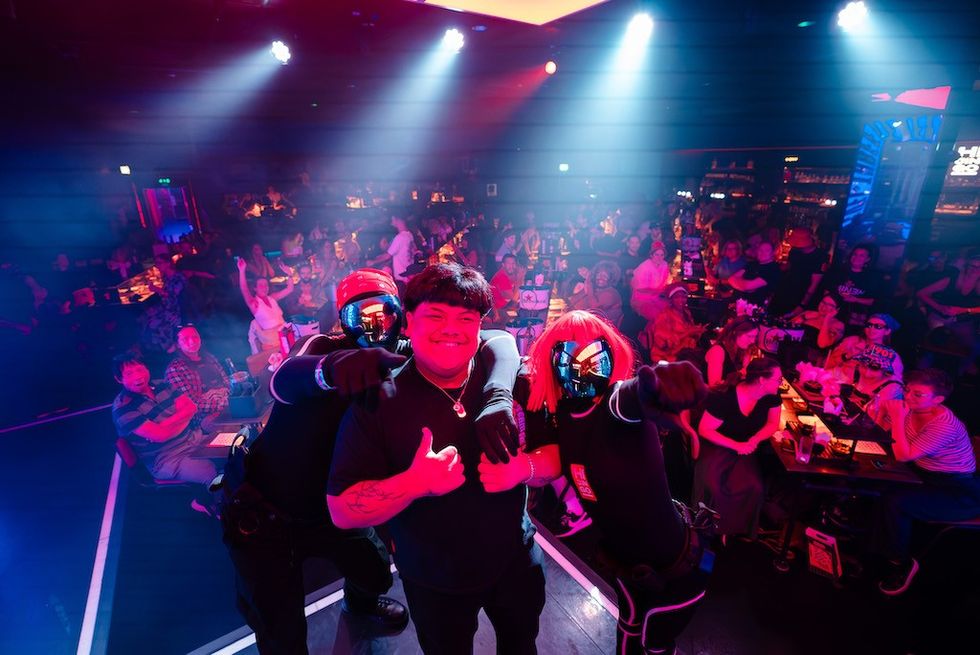 Hijingo
Hijingo Flight Club, Washington D.C.
Flight Club, Washington D.C.
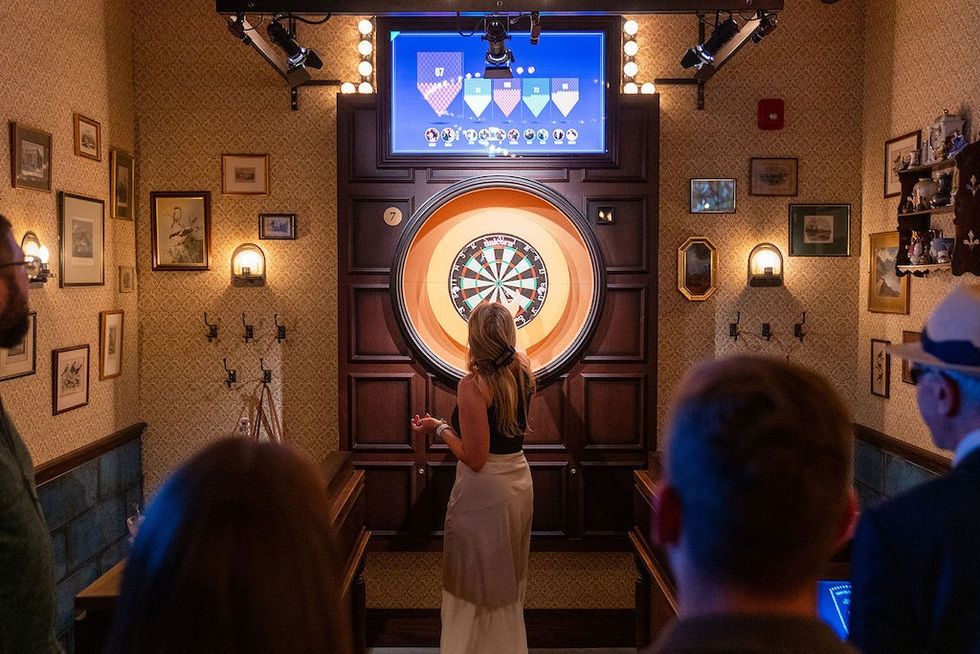 Flight Club Philadelphia
Flight Club Philadelphia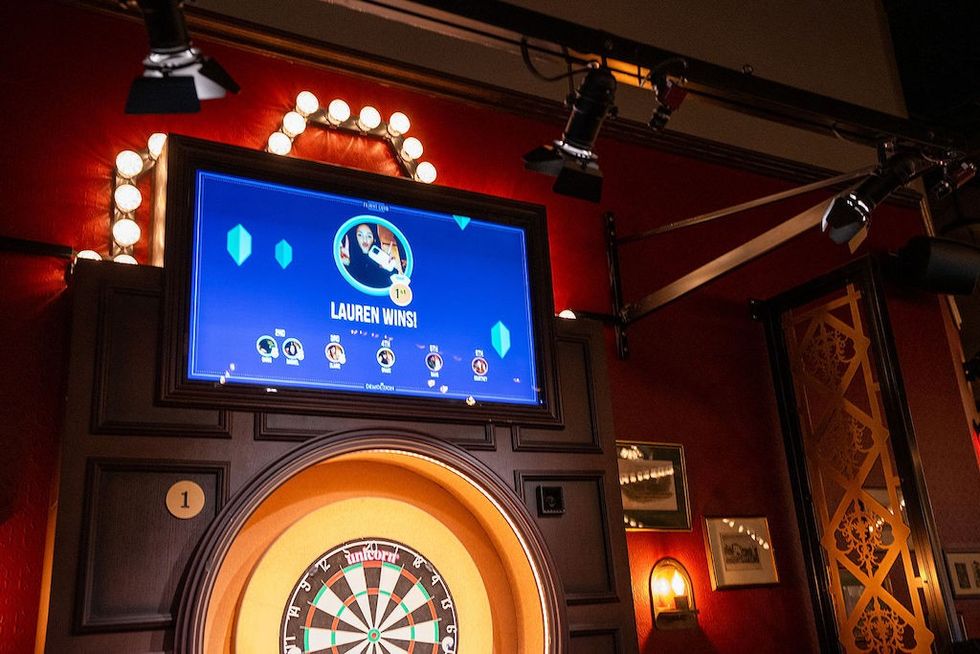 Flight Club Philadelphia
Flight Club Philadelphia Bounce
Bounce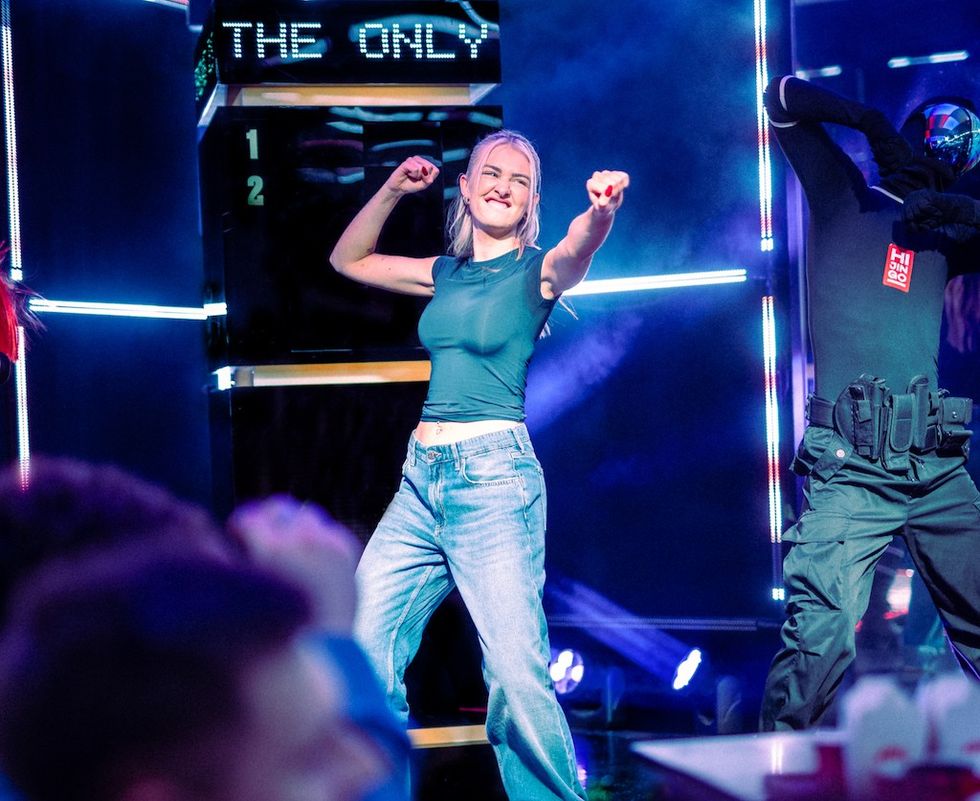 Hijingo
Hijingo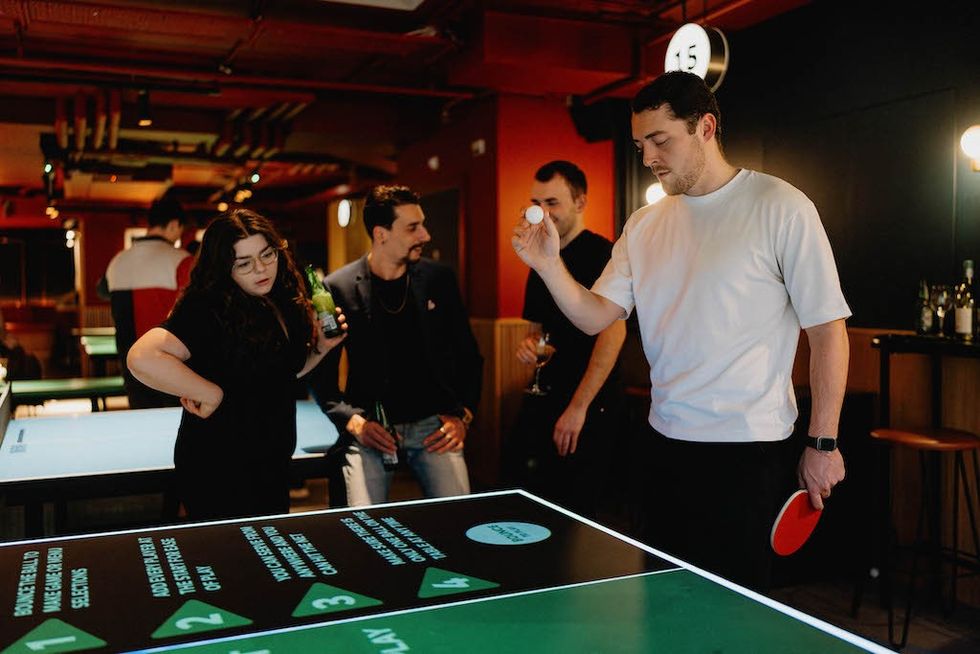 Bounce
Bounce
 Fernando Eiroa
Fernando Eiroa
